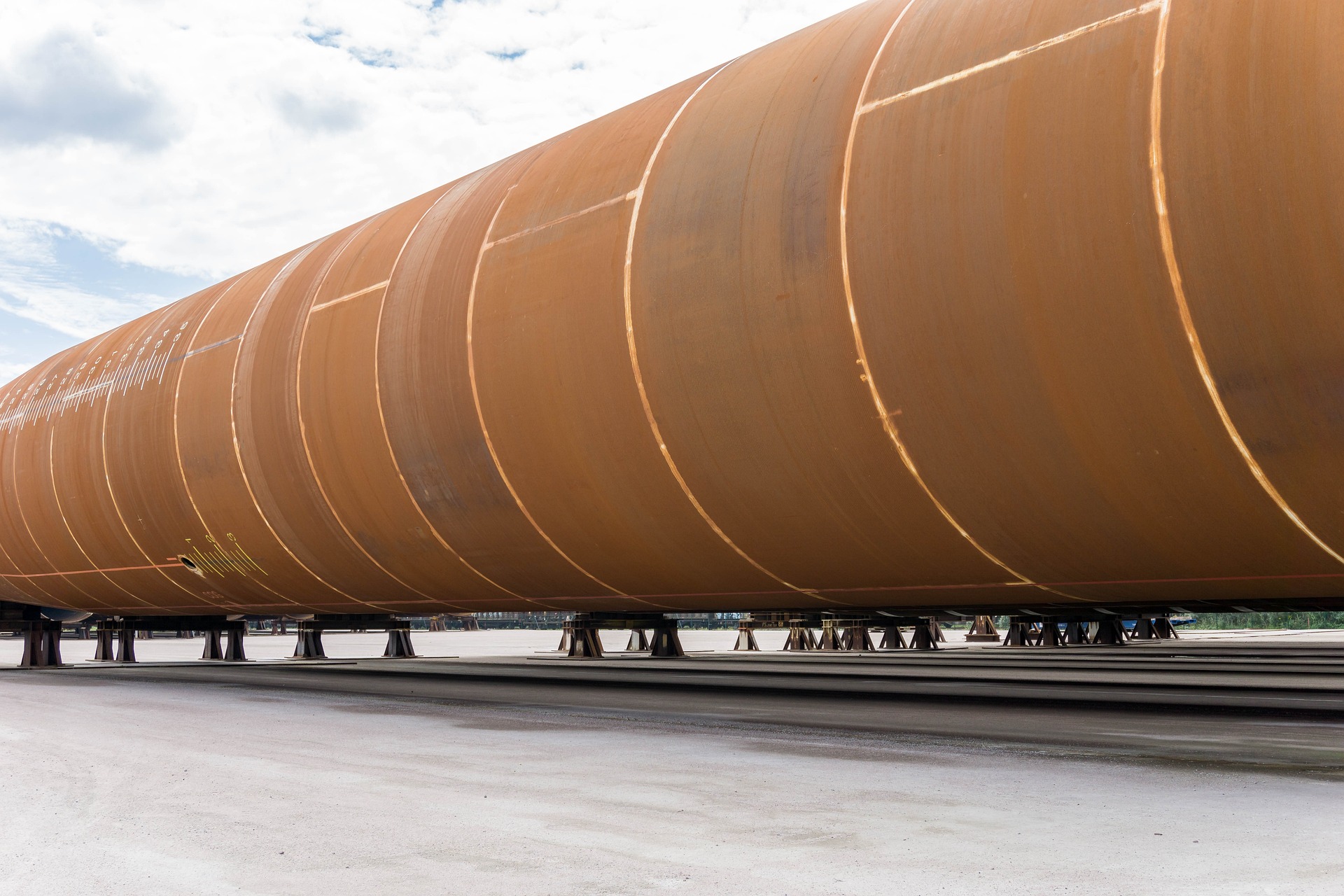Adjusting Surface Thermal Surveys for Seasonal Soil Variability
Surface thermal surveys are a common non-invasive method for detecting subsurface anomalies, but their sensitivity can shift with seasonal changes in soil moisture, temperature gradients, and vegetation cover. Understanding how environmental cycles affect survey outputs helps practitioners plan surveys, interpret thermography, and integrate complementary methods for robust leak detection and infrastructure inspection.

Surface thermal surveys provide spatially continuous information about subsurface heat signatures, but seasonal soil variability can alter thermal conductance, moisture retention, and surface emissivity. These changes affect thermography readings and must be accounted for when designing survey schedules, interpreting maps, and validating anomalies. Effective adjustment includes pre-survey reconnaissance, baseline mapping across seasons, and use of corroborating technologies such as acoustics and fiberoptics to reduce false positives and negatives.
How does thermography respond to soil seasonality?
Thermography detects surface temperature contrasts that may indicate subsurface leakage or voids, yet seasonal shifts change the signal. Dry soils heat and cool faster than saturated soils, reducing persistent thermal anomalies in dry seasons and amplifying them when evaporation cools surrounding areas. Snow cover, frost, or heavy vegetation can obscure thermal signatures. Calibration of thermal cameras, timing surveys for stable diurnal conditions, and comparing results against seasonally matched baselines help mitigate interpretation errors.
When do sensors and calibration need adjustment?
Ground sensors and thermographic equipment require periodic calibration to maintain accuracy as ambient conditions change. Sensor drift can be exacerbated by humidity, freeze-thaw cycles, and particulate deposition. Standard practice is seasonal recalibration and documentation of sensor offsets. For distributed systems—such as fiberoptic temperature sensing—temperature compensation algorithms should incorporate seasonal reference points, while spot sensors need on-site calibration checks prior to deployment.
Can acoustics, sonar, and fiberoptics help validate findings?
Combining thermography with acoustics, sonar, or fiberoptic sensing strengthens validation. Acoustics and sonar can detect flow or material movement behind thermal anomalies, and fiberoptics can provide continuous temperature or strain profiles along a pipeline corridor. Cross-validation reduces false alarms from surface effects like shallow soil moisture changes. When anomalies appear, use acoustic listening or fiberoptic monitoring to confirm active flow before committing to excavation or full-scale intervention.
How does pressure, tracing, and mapping inform surveys?
Pressure data and tracer tests supply context to thermal anomalies. Pressure fluctuations in a pipe or conduit suggest potential leaks; when mapped alongside thermal results, pressure contours clarify whether a thermal hotspot coincides with expected leak pathways. Tracing—using benign dyes or tracers compatible with the system—can confirm connectivity between surface anomalies and subsurface sources. Joint mapping that overlays thermography, pressure, and tracing results produces a more reliable risk map for targeting verification work.
What role does excavation and monitoring play on accuracy?
Targeted excavation remains the definitive validation method after non-invasive surveys indicate a suspect location. However, seasonal variability argues for conservative excavation planning: choose timing when soil conditions will least mask or mimic leaks, and use temporary monitoring sensors around the site before and after digging. Continuous monitoring near the excavation site helps distinguish transient thermal signals from persistent leaks and provides a record to validate or refute initial survey findings. For field teams seeking verification, local services or teams in your area with combined thermal and acoustic capability can be engaged to provide corroborating data.
How can analytics improve long-term survey reliability?
Analytics enable trend detection across seasonal cycles. Aggregating thermography images, sensor records, pressure logs, and tracing results into a geospatial analytics platform uncovers recurring patterns and refines anomaly thresholds. Machine learning models trained on seasonally labeled data sets can flag anomalies that align with leak signatures rather than environmental noise. Validation workflows that include human review and causal tracing remain essential, but analytics reduce workload and improve prioritization for monitoring and maintenance.
Conclusion Adapting surface thermal surveys for seasonal soil variability requires a mix of planning, equipment management, multi-technology validation, and analytic context. Thermography is valuable but sensitive to moisture, vegetation, and temperature cycles; combining it with acoustics, fiberoptic sensing, pressure mapping, and targeted tracing improves confidence. Consistent calibration, season-aware baselines, and coordinated monitoring reduce misinterpretation and help teams decide when excavation or further intervention is warranted.





